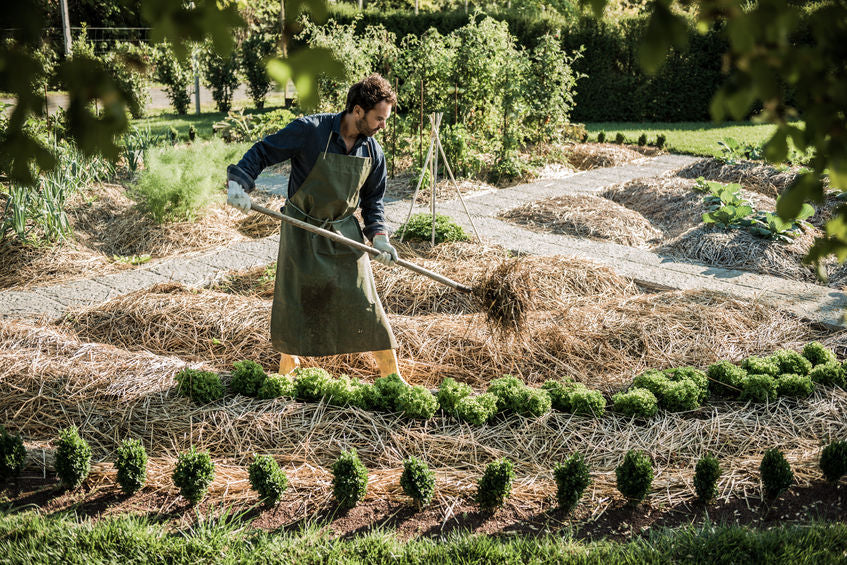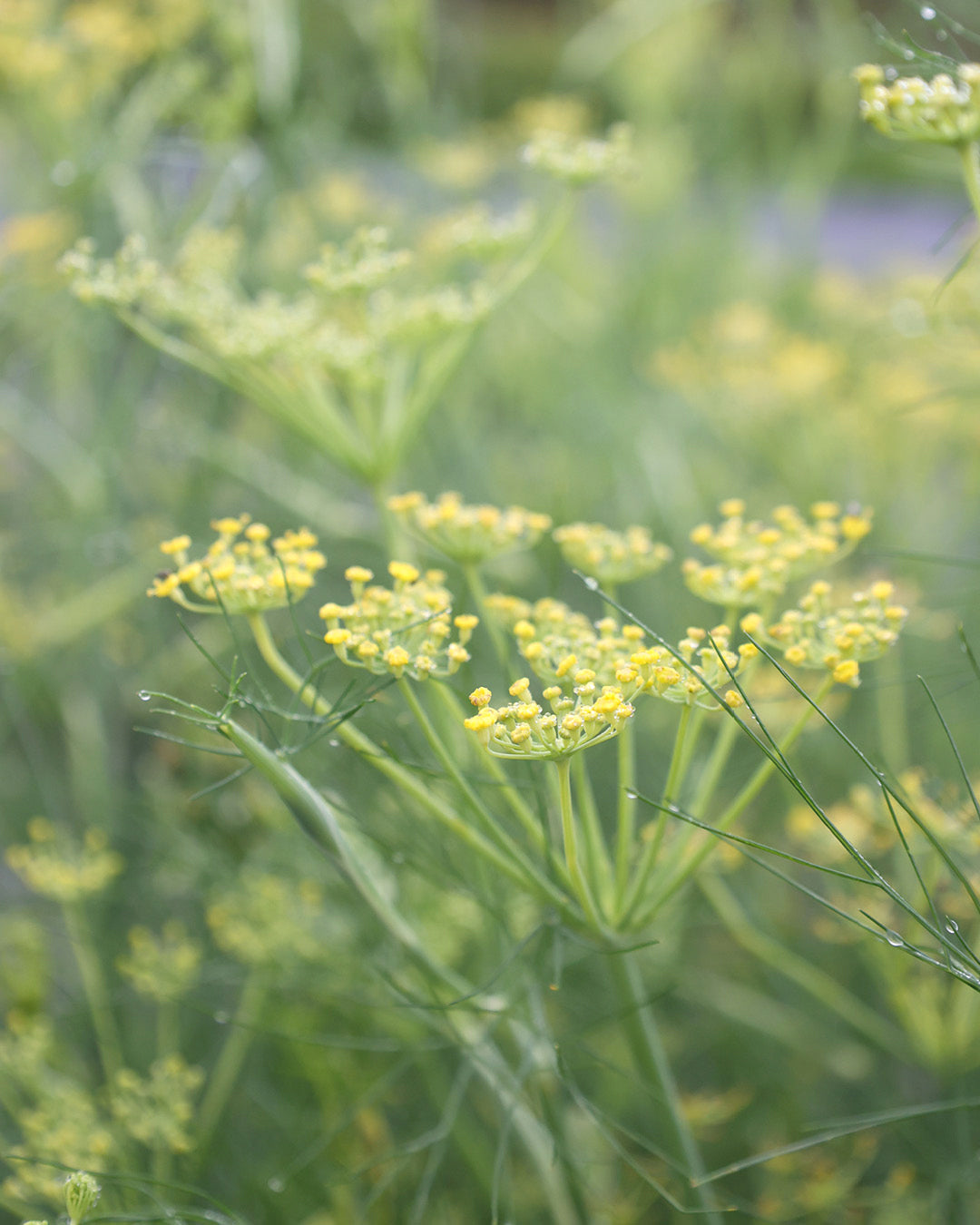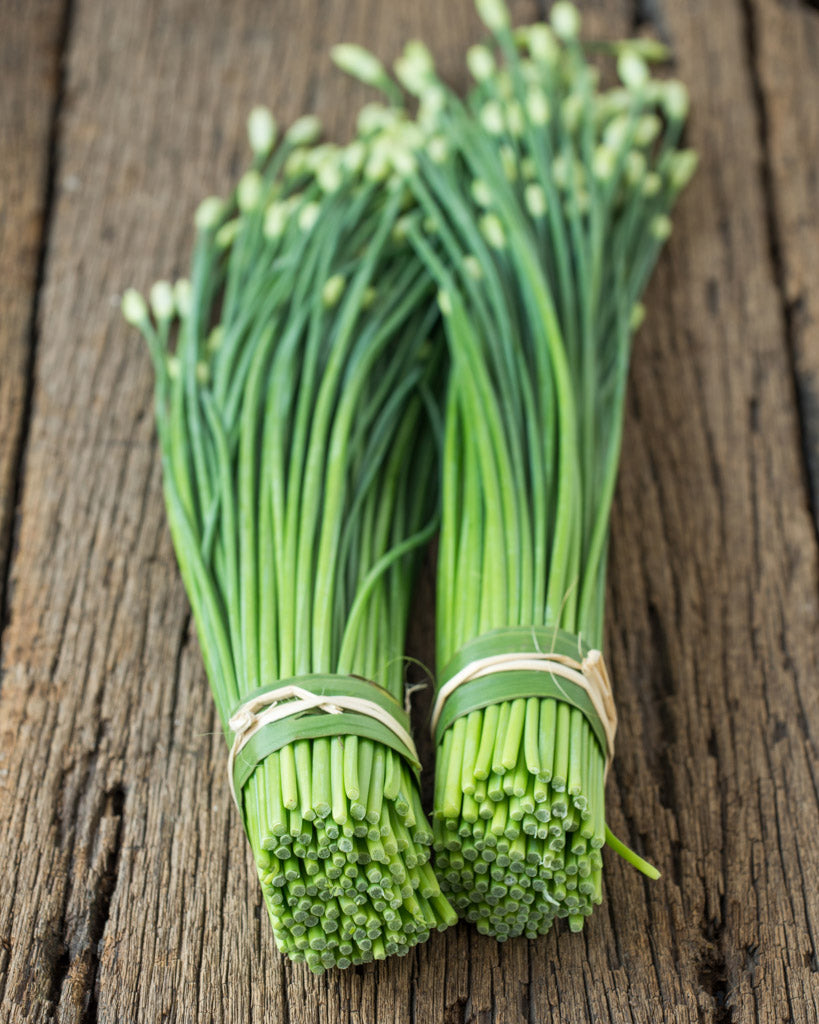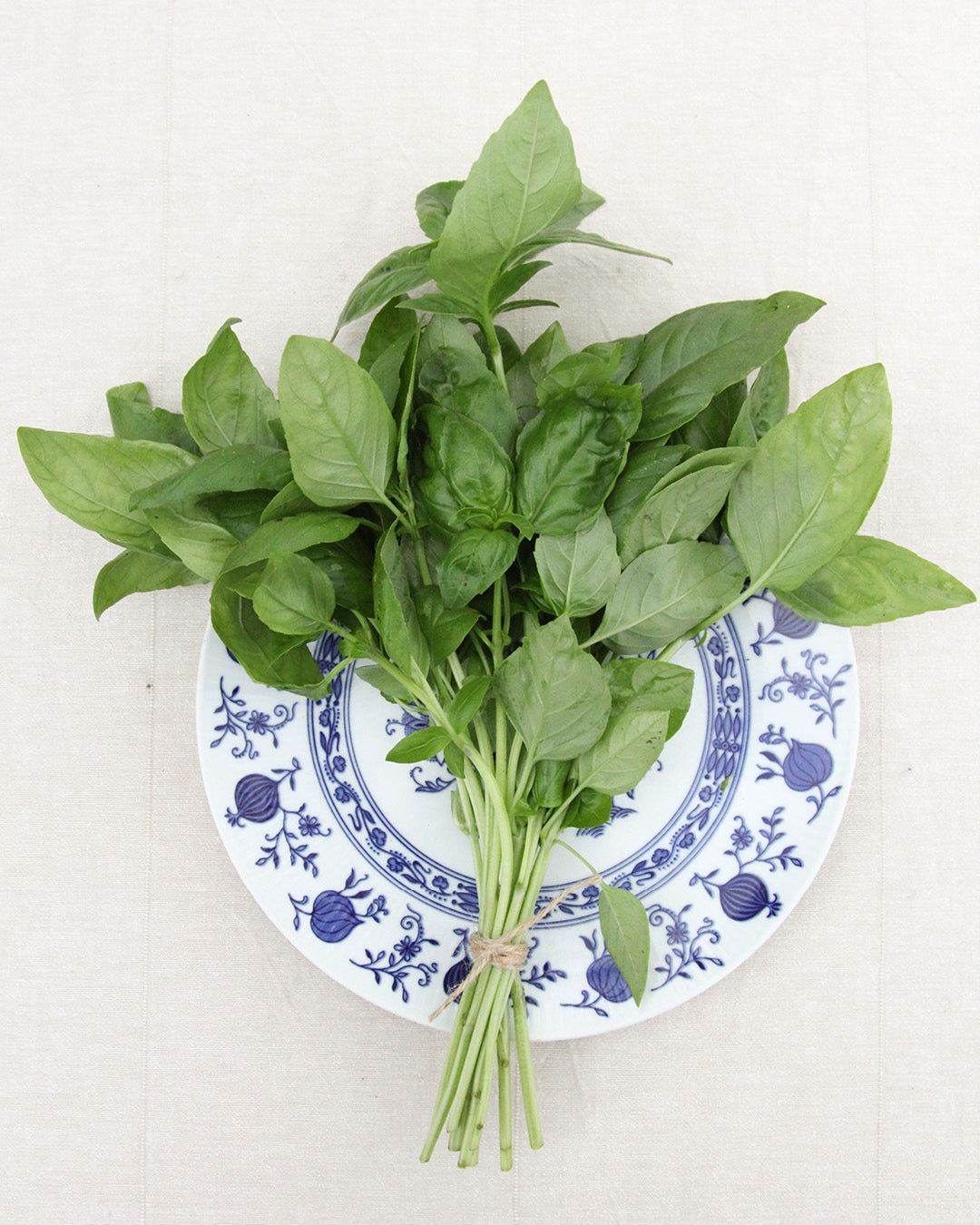Mulching…
...natural fertilization with an added protective factor. Mulch, for our gardening novices, translates to 'decomposing earth'. It refers to covering bare, uncultivated garden soil with organic matter, i.e., compost. When used correctly, mulching requires less work for the hobby gardener, is ecologically sound, and leads to vibrant garden soil with abundant flowering plants.

Why you should mulch:
Mulching acts like a protective layer for the soil against frost, nutrient leaching, drying out, and evaporation, while simultaneously promoting its vitality. Mulch not only protects and nourishes the soil, but also improves it by stimulating soil life. The small organisms promote humus formation, allowing important nutrients to penetrate the soil and be absorbed by plants.
What are the benefits of mulching? What exactly happens?
Even if the bed may appear somewhat untidy and unkempt at first glance, mulching has many advantages. For example, it saves the hobby gardener from constant watering and reduces the effort of weeding because weeds are suppressed. Just 3 cm of mulch reduces weed growth to just 22%, and 5 cm to an incredible 10%. Furthermore, the organisms keep the soil loose and permeable. During extreme heat and long dry periods in summer, the mulch layer keeps the roots cool. Moisture loss that would otherwise occur through evaporation is prevented, and weed growth is inhibited. In winter, the mulch ensures that the heat stays in the soil, stored, and the plants are less likely to freeze. It counteracts and prevents silting and soil leaching due to heavy rains and wind erosion from autumn storms. At the same time, the mulch layer is gradually composted. The resulting humus acts as an organic fertilizer for the plants.
What material can be used?
Any shredded organic material is suitable as mulch. Examples include grass clippings, leaves, chopped branches, bark products, and straw.
Here's how to do it right:
Before you cover your beds with mulch, you need to roughen up the surface a little with a rake and remove all weeds, as otherwise they will sooner or later grow through the layer and be even more difficult to remove. When you apply the mulch to your beds, you need to make sure that the material is applied evenly and is sufficiently dry so that it doesn't clump, as this will quickly attract slugs and cause the soil to compact rather than loosen. The mulch layer should be about 3-4 cm deep. You can leave some space around the plant so that enough moisture can reach it. For very large plants, such as tomatoes, you can mulch right up to the plant. However, only close enough to allow sufficient air to reach the stem or trunk.
The mulched areas should be left undisturbed after treatment. New material should not be added until the decomposition process has progressed. The smaller the organic components, the faster humus formation will proceed.
What else should I consider?
When mulching, it is particularly important that the layer is not too thick so that the soil does not become suffocated and thus no longer able to convert nutrients into energy. The thickness of the mulch layer also depends on the amount of rainfall. As a rule of thumb, mulch less as rainfall increases to keep the risk of rot as low as possible. There is no specific time for mulching. Mulching can be done all year round, from spring to autumn, i.e. whenever there are open areas in the garden. If you mulch shortly before winter, the material must be worked well into the soil. Mulching should generally not be carried out after new seedlings to avoid suffocating the seedlings. The rule of thumb is: organic material can be introduced onto the plants when they are 10 cm tall or larger.















